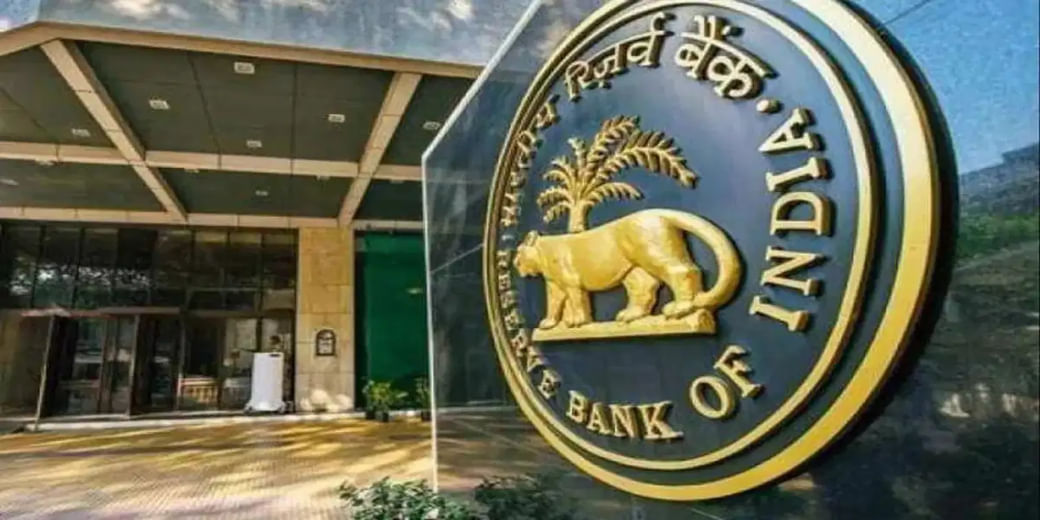FLDG back and fintechs are happy!
This is a scheme where a bank and a fintech enter a lending arrangement, where the fintech guarantees to compensate a certain percentage of default in the loan portfolio

Just recently RBI had just brought back the first loss default guarantee (FLDG) model. Only this time with stringent rules and regulations. Regardless of the new rules, fintechs want the FLDG model back. So what is this FLDG model and why fintechs want them back?
First let’s understand what FLDG is. This is a scheme where a bank and a fintech enter a lending arrangement, where the fintech guarantees to compensate a certain percentage of default in the loan portfolio. This idea of risk sharing with a fintech partner encourages banks to extend loans to a large unserved pool of customers.
So, if banks were happy with this sort of arrangement why was it banned by the RBI in the first place? When FLDG was first launched, there were issues regarding the guarantee limits offered by fintechs to banks. For example, let’s say a fintech facilitates a loan pool of Rs 10 crore. It offers FLDG to compensate up to 10% of the credit crisk which is Rs 1 crore. Now sometimes this credit risk guarantee went up to 100% in the absence of RBI’s supervision.
Now were fintechs capable of taking such a big risk? According to RBI, the answer was a No! Following which the RBI had imposed a ban on the FLDG model in August last year calling them synthetic securitisation.
However, the RBI had revoked the ban on FLDG and has also capped the default guarantee at 5% of the portfolio amount for fintechs.
And for fintechs…well they are pretty happy that the FLDG model as anything above 0% is good, as it allows the revival of their business. Not only that, according to news reports, a low FLDG is also good as fintechs more often than not struggle with that would get locked in. Apart from this borrowers with lower credit scores and limited credit histories would be benefit from this model and the new guidelines also mandate stronger customer protection measures.